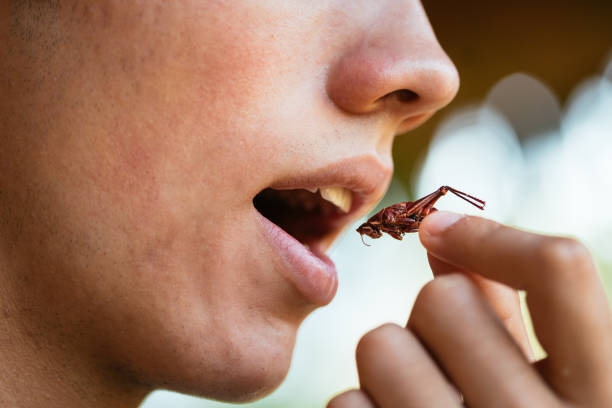The Exciting World of Edible Insects: A Sustainable Food Trend
Insects: they're not just for the birds, frogs, and bats anymore! Welcome to the burgeoning world of edible insects, a culinary trend that's taking the global food scene by storm. This article will introduce you to this sustainable food practice, its impact on our planet, and how it's changing the way we think about our meals.

The Buzz About Edible Insects
Edible insects, or entomophagy, is the practice of eating insects. While this may initially seem unappetizing to some, it’s an ancient tradition in many cultures worldwide. Today, it’s gaining popularity as a sustainable food source that can address issues like global hunger and environmental conservation. Insects are high in protein, vitamins, and minerals, and farming them emits fewer greenhouse gases than traditional livestock.
Nutritional and Environmental Benefits
Insect farming is low-cost and eco-friendly. Insects require less water and land than conventional livestock and produce fewer greenhouse gases. Nutritionally, insects are a powerhouse. For example, crickets are rich in protein, iron, and vitamin B12, making them an excellent alternative to meat.
The Culinary Delights of Insects
Insects are incredibly versatile in the kitchen. They can be roasted, fried, ground into flour, or used in protein bars and snacks. They offer an exciting range of flavors and textures, from the nutty taste of mealworms to the sweet, shrimp-like flavor of silkworm pupae.
Around the World on Six Legs
Edible insects are part of the traditional diets of at least 2 billion people worldwide, particularly in Asia, Africa, and Latin America. You can find insects in various dishes, from Mexican “chapulines” (grasshoppers) to Thai silkworm noodles and Ghanaian palm weevil soup.
The Future of Food
With the growing global population and the increasing pressure on our food systems, edible insects present a promising solution. They offer a way to sustainably feed the world while also diversifying our diets and encouraging culinary exploration.
Did You Know?
- Over 2,000 species of insects are edible.
- Insects are a rich source of omega-3 fatty acids.
- The UN’s Food and Agriculture Organization promotes insect farming for human consumption.
- Cricket flour can contain up to 65% protein.
As we look toward the future of food, edible insects stand out as a potential solution to many of our pressing global issues. While it may take some time for everyone to warm up to the idea of insects on their plate, this trend shows promise in transforming our food systems. So, the next time you’re offered a cricket protein bar or a mealworm stir-fry, why not give it a try? You might just be tasting the future.




